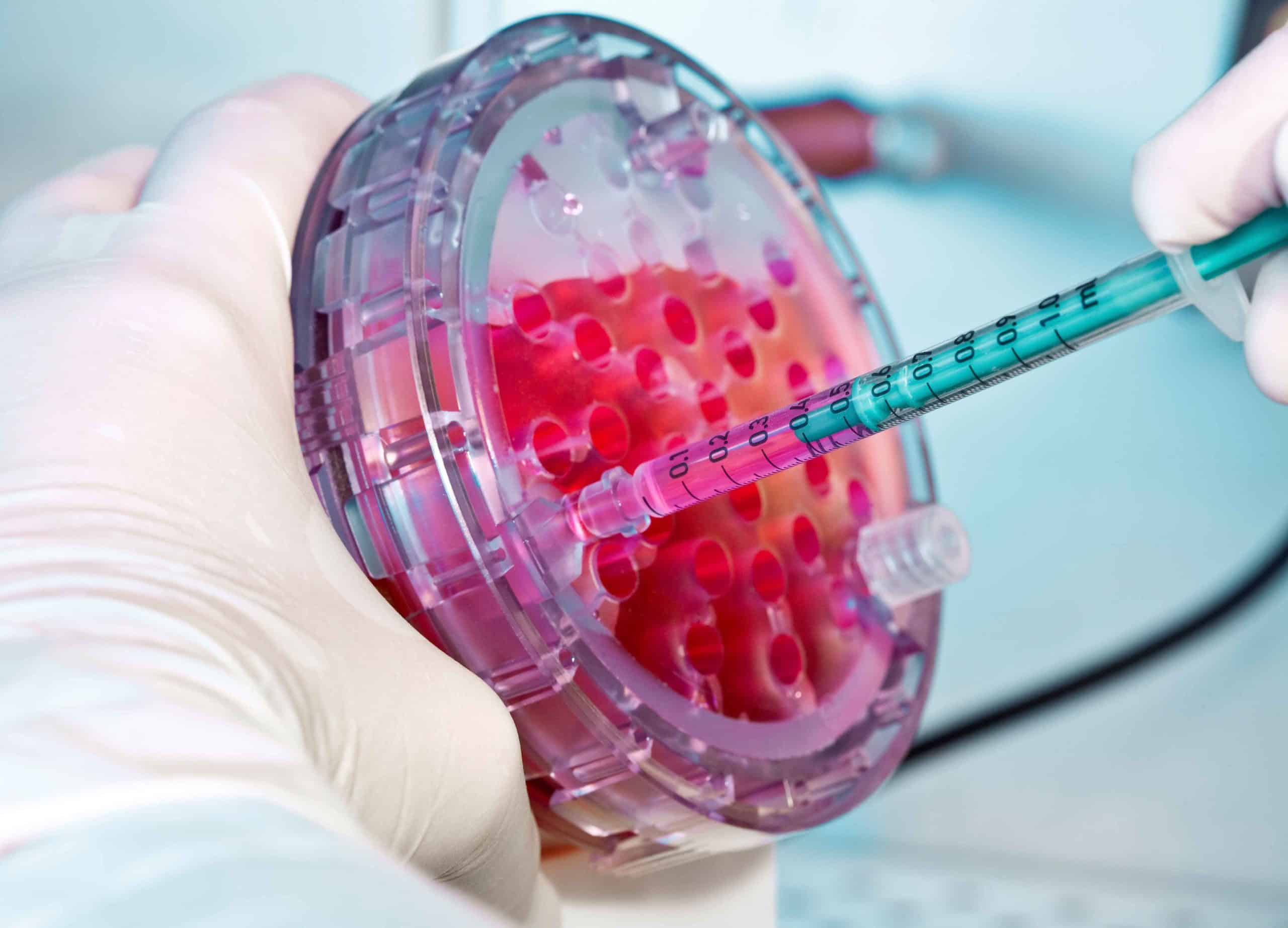Umbilical Cord Stem Cells (Preferred)
Umbilical cord stem cells are collected from donated umbilical cords after healthy births. These cells are ethically sourced and undergo rigorous screening to ensure quality and safety.
Why We Use Umbilical Cord Stem Cells
· Young & Potent
Unlike adult stem cells, umbilical cord cells are fresh and have higher regenerative capacity.
· Non-Invasive Collection
No surgical procedure is required to extract them, unlike bone marrow stem cells.
· Low Immune Rejection Risk
These cells are less likely to trigger immune system reactions.
· Proven Success in Regenerative Medicine
Used worldwide in orthopedic, neurological, and aesthetic treatments.





